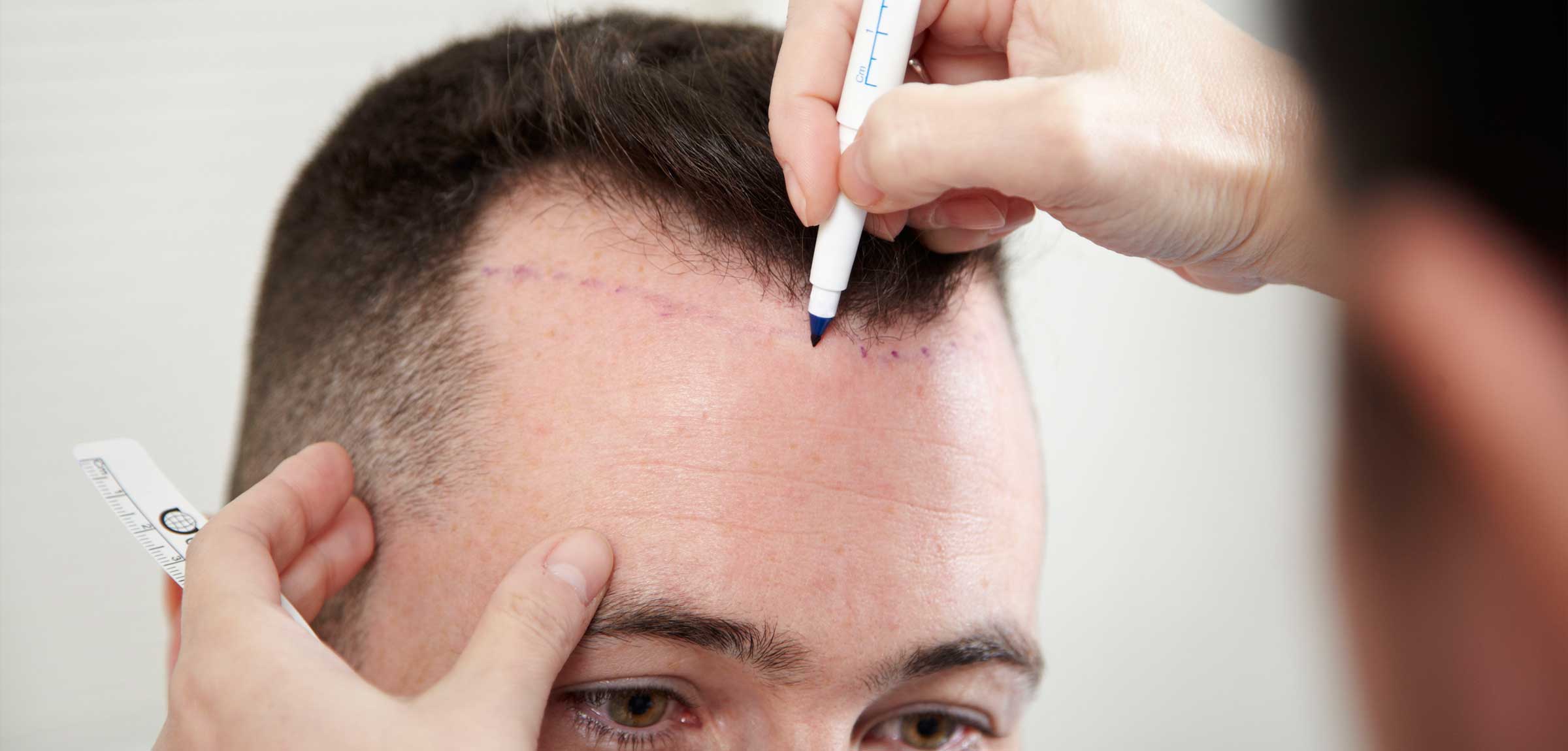The safety of hair transplants in Riyadh, like anywhere else in the world, is a paramount concern for individuals considering the procedure. Generally, when performed by qualified and experienced surgeons in reputable clinics, hair transplantation is considered a safe procedure with minimal risks. However, like any surgical intervention, it is not entirely without potential complications.

Factors Contributing to the Safety of Hair Transplants in Riyadh:
-
Qualified and Experienced Surgeons: Riyadh boasts numerous clinics with surgeons who have specialized training and extensive experience in performing hair transplant procedures, including Follicular Unit Extraction (FUE) and Follicular Unit Transplantation (FUT). Choosing a board-certified surgeon with a strong track record is crucial for ensuring a safe and successful procedure.
- Advanced Medical Facilities: Reputable hair transplant clinics in Riyadh are equipped with modern technology and adhere to stringent hygiene and safety protocols, minimizing the risk of infections and other complications.
-
Comprehensive Pre-operative Assessment: Before undergoing a hair transplant, patients in Riyadh typically undergo a thorough medical evaluation. This assessment helps the surgeon understand the patient's medical history, assess the extent of hair loss, evaluate the donor area, and identify any potential risk factors, ensuring the patient is a suitable candidate for the procedure.
-
Use of Local Anesthesia: Hair transplants are usually performed under local anesthesia, which is generally considered safe. This eliminates the risks associated with general anesthesia. The patient remains awake during the procedure but the scalp is numbed, ensuring a pain-free experience.
-
Minimally Invasive Techniques: Techniques like FUE are minimally invasive, involving small punctures rather than large incisions. This reduces the risk of significant bleeding, scarring, and a shorter recovery period.
Potential Risks and Complications:
While generally safe, hair transplants can have potential risks and side effects, although serious complications are rare:
-
Bleeding: Minor bleeding can occur during and immediately after the procedure at both the donor and recipient sites. This is usually easily controlled by applying gentle pressure. Persistent or excessive bleeding is uncommon but should be reported to the surgeon.
-
Infection: Although rare with proper sterile techniques, there is a risk of infection at the donor or recipient sites. Clinics in Riyadh follow strict sterilization protocols to minimize this risk. Patients are also typically given post-operative instructions on how to care for their scalp to prevent infection.
-
Scarring: FUT leaves a linear scar in the donor area, which can be visible if the hair is cut very short. FUE, on the other hand, leaves tiny, dot-like scars that are usually barely noticeable. The extent of scarring depends on the surgical technique, the surgeon's skill, and the individual's healing ability.
-
Swelling: Mild swelling of the scalp and forehead is common in the days following the transplant. This usually subsides within a few days to a week.
-
Pain and Discomfort: Some mild pain or discomfort is expected after the anesthesia wears off. This can usually be managed with over-the-counter or prescribed pain medication.
-
Itching: Itching of the scalp is common during the healing process as new hair starts to grow. It's crucial to avoid scratching to prevent dislodging the grafts and increasing the risk of infection.
-
Numbness: Temporary numbness or tingling in the donor and recipient areas can occur due to nerve disruption during the surgery. This usually resolves within a few weeks or months.
-
Shock Loss: Temporary shedding of both transplanted and existing hair in the recipient area can occur in the weeks following the procedure. This is a normal phenomenon and new hair growth typically begins within a few months.
-
Folliculitis: Inflammation of the hair follicles (folliculitis) can occur as new hair grows out. Mild cases usually resolve on their own, but more severe cases may require treatment.
-
Cysts: Small cysts can sometimes form in the donor or recipient areas as implanted hair follicles become trapped under the skin. These usually disappear on their own or with simple treatment.
-
Graft Failure: In a small percentage of cases, some transplanted hair follicles may not survive. The survival rate depends on various factors, including the surgeon's skill in harvesting and implanting the grafts, the quality of the donor hair, and the patient's adherence to post-operative care instructions. Reputable clinics often report high graft survival rates (90-95%).
-
Unnatural Results: Although less common with experienced surgeons, poor planning or execution can lead to an unnatural-looking hairline or uneven hair density. Choosing a surgeon with artistic skills and a thorough understanding of natural hair growth patterns is essential.
Ensuring a Safe Hair Transplant in Riyadh:
To maximize the safety and success of a hair transplant in Riyadh, consider the following:
- Choose a Reputable Clinic: Research clinics thoroughly, check their credentials, and read patient reviews and testimonials.
- Verify the Surgeon's Qualifications and Experience: Ensure the surgeon is board-certified and has extensive experience specifically in hair transplantation. Ask to see before-and-after photos of their previous patients.
- Attend a Detailed Consultation: Discuss your medical history, hair loss pattern, expectations, and any concerns you may have with the surgeon. Ensure they provide a clear explanation of the procedure, potential risks, and post-operative care instructions.
-
Follow Pre-operative Instructions: Adhere strictly to any instructions provided by the clinic before the surgery, such as avoiding certain medications or habits like smoking.
-
Adhere to Post-operative Care Instructions: Follow the surgeon's guidelines carefully after the procedure to promote healing, prevent infection, and maximize graft survival.
- Report Any Concerns Promptly: Contact the clinic immediately if you experience any signs of infection, excessive bleeding, or other unusual symptoms during the recovery period.
In conclusion, hair transplants in Riyadh can be a safe and effective solution for male hair loss when performed by qualified professionals in well-equipped clinics. Understanding the potential risks and taking the necessary precautions can significantly minimize complications and lead to satisfactory results.

